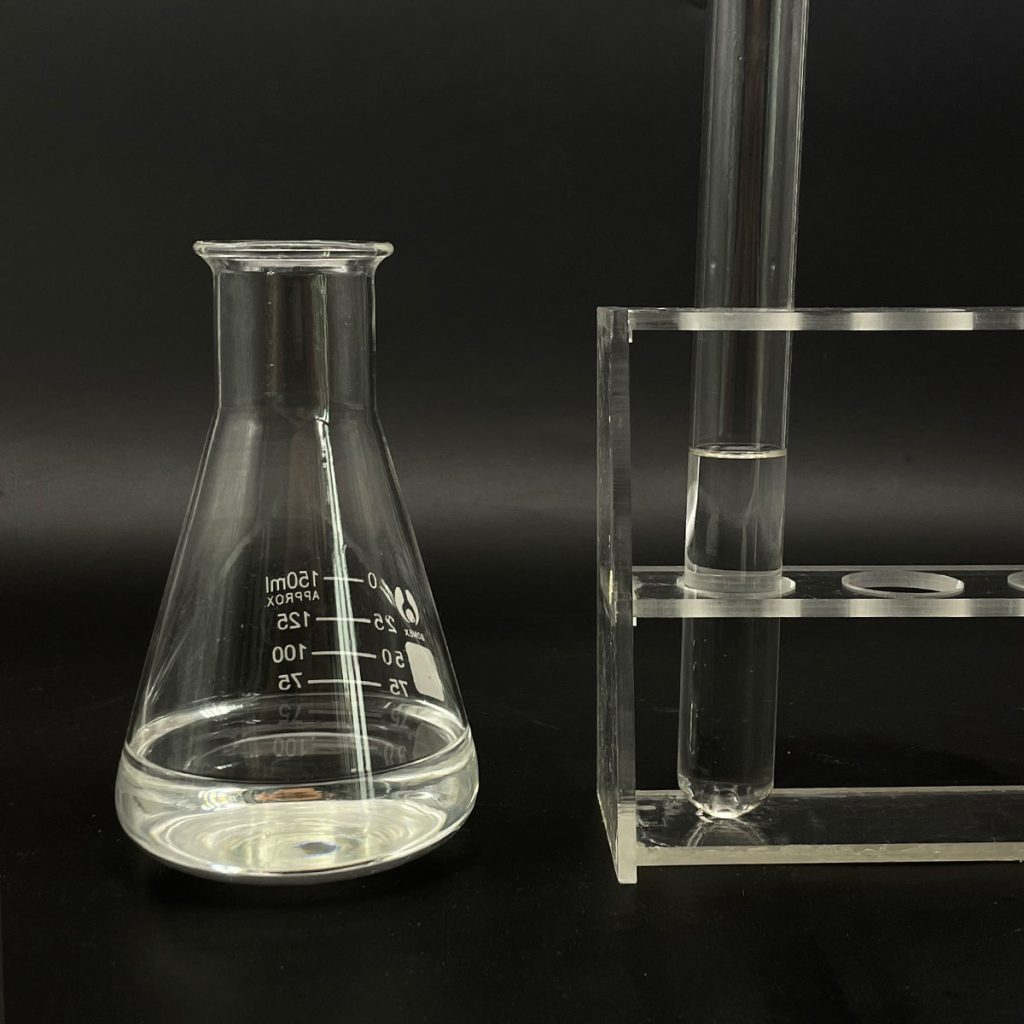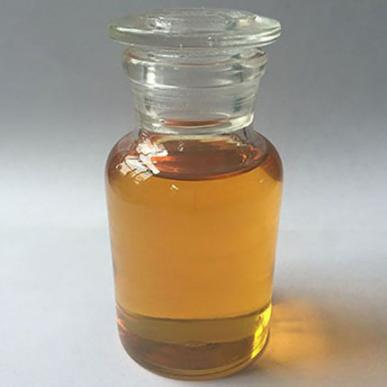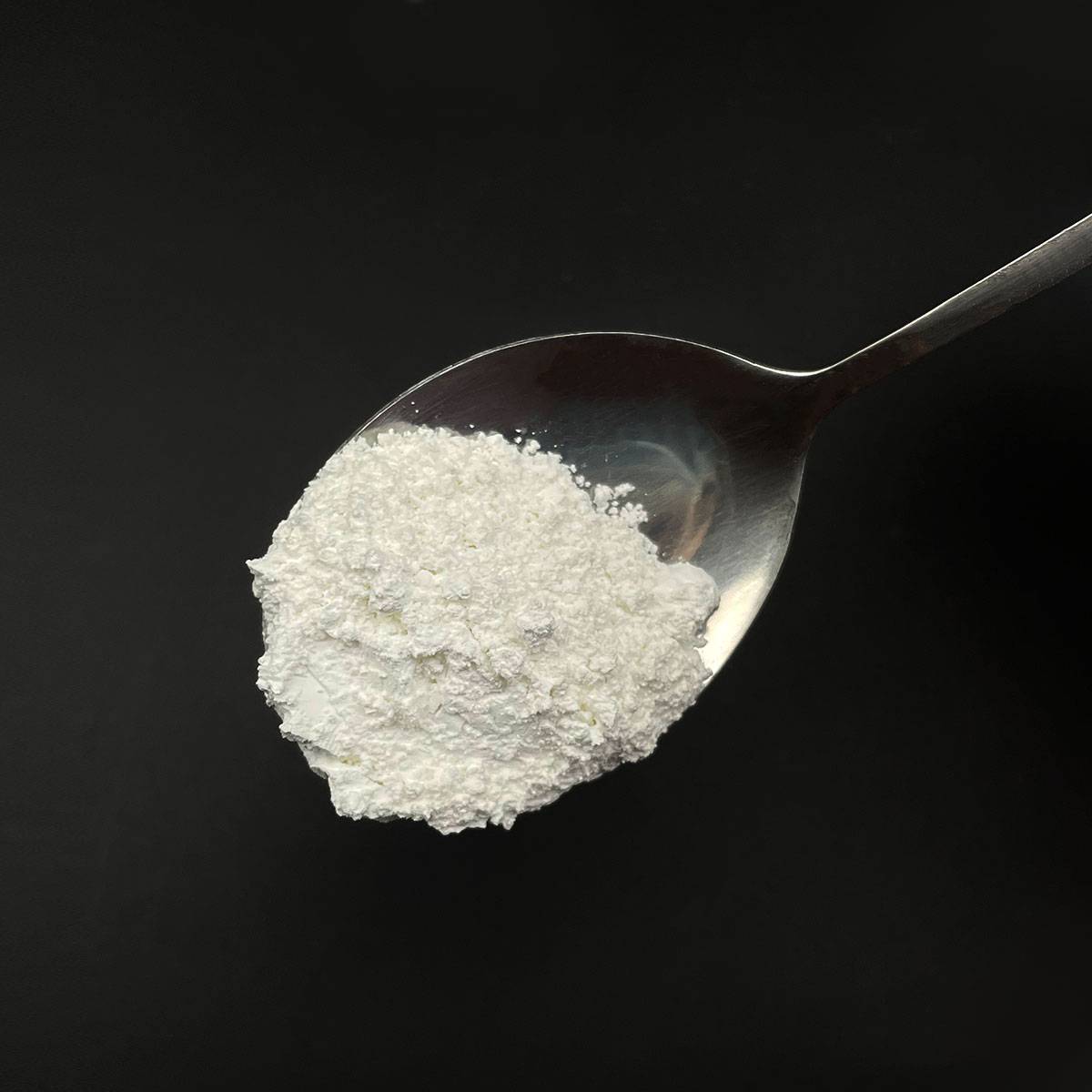1. Introduction
In the past 48 hours, a new petition has gained traction online urging major cosmetic brands to phase out sodium lauryl sulfate (SLS) from shampoos and body washes due to consumer concerns about skin irritation. While regulatory agencies like the FDA and EU SCCS maintain that SLS is safe at approved concentrations, the debate reflects growing public interest in gentler, bio-based surfactants like coco glucoside and sodium cocoyl glutamate.

Whether you’re lathering up with shampoo or spraying a weed killer on your lawn, chances are you’ve encountered sodium lauryl sulfate—or one of its many chemical cousins. But what exactly is this ingredient, and why is it so common?
2. What Is Sodium Lauryl Sulfate?
Sodium lauryl sulfate (SLS), also known as sodium dodecyl sulfate or natrium lauryl sulfate, is a synthetic anionic surfactant. The terms ‘sls sodium lauryl sulfate,’ ‘na lauryl sulfate,’ and ‘lauryl sulfate’ all refer to the same compound. It’s derived from lauryl alcohol (often sourced from coconut or palm kernel oil) and is prized for its ability to create rich foam and lift away oils and dirt.
As a surfactant—short for ‘surface-active agent’—SLS reduces the surface tension of water, allowing it to mix with oil and grime. This is the core meaning of surfactant: a molecule with both hydrophilic (water-loving) and hydrophobic (oil-loving) ends that enables cleaning, emulsifying, and foaming.
3. How SLS Works in Products
In shampoos, toothpastes, and body washes, SLS acts as a primary cleansing agent. Its strong detergency makes it effective but also potentially irritating to sensitive skin. That’s why many modern formulations pair it with milder co-surfactants like cocamidopropyl betaine (also called coco betaine or amidopropyl betaine), which is amphoteric—meaning it can act as both anionic and cationic depending on pH.

You’ll also see SLS listed alongside sodium laureth sulfate (SLES), sometimes labeled as sodium lauryl ether sulfate or sodium lauryl ether sulphate. Despite the similar names, SLES is ethoxylated, making it less harsh than SLS. Note: ‘sls sodium laureth sulfate’ is a common mislabeling—SLS and SLES are distinct compounds.
4. Common Alternatives and Complementary Surfactants
Due to consumer demand for gentler options, brands are increasingly turning to alternatives such as:
- Alkyl polyglucoside (e.g., decyl glucoside and coco glucoside): non-ionic, plant-derived, and biodegradable
- Sodium cocoyl isethionate and sodium lauroyl methyl isethionate: mild anionic surfactants used in solid cleansers
- Sodium lauroyl sarcosinate (or lauroyl sarcosinate): a sarcosinate-based surfactant known for low irritation
- Sodium coco sulfate: often marketed as a ‘natural’ alternative, though still anionic
These ingredients are frequently blended to balance cleansing power, foam quality, and skin compatibility. For example, a sulfate-free shampoo might combine coco glucoside with cocamidopropyl betaine for rich lather without SLS.
5. SLS Beyond Personal Care

Sodium lauryl sulfate isn’t just for soap. It’s also used as a surfactant for herbicides and weed killers, where it acts as a wetting agent to help active ingredients stick to waxy plant leaves. In agriculture, it’s sometimes grouped with other surfactants like polysorbate 80, Span80, or lignin sulfonate as a lawn wetting agent or wetting agent for grass.
Industrial applications include its use alongside fluoro surfactants, sodium deoxycholate, or even copper 1 bromide in specialized formulations. Companies like Rohit Surfactants Private Limited manufacture SLS for global markets, offering sodium lauryl sulfate for sale in bulk for both cosmetic and agrochemical uses.
6. Safety and Misconceptions
Despite viral claims, SLS is not classified as carcinogenic by major health authorities. However, it can cause irritation—especially at high concentrations or with prolonged exposure. This has fueled the rise of ‘sulfate-free’ labels, though many replacements (like ammonium lauryl sulfate or sodium dodecylbenzene sulfonate) are still anionic surfactants with similar properties.
It’s worth noting that cationic surfactants like cetyl trimethyl ammonium bromide (CTAB or cetyltrimethylammonium bromide) serve different purposes—mainly as antistatic or antimicrobial agents—and are not used for foaming. Non-ionic surfactants like Pluronic 127 (poloxamer 188) or ethoxylated alcohols are valued for stability and low irritation.
7. The Bigger Picture of Surfactant Chemistry
Surfactants fall into four main categories: anionic (like SLS), cationic (like CTAB), non-ionic (like polysorbate 80), and amphoteric (like cocamidopropyl). Each plays a unique role. For instance, bio surfactants—derived from microbes or plants—are gaining ground in eco-friendly products.
Even obscure compounds like sodium oleate or methylated seed oil find niche roles as surfactants in specific formulations. Understanding the difference between anionic cationic systems helps formulators create effective, stable, and skin-friendly products.
8. Conclusion
Sodium lauryl sulfate remains a workhorse surfactant thanks to its effectiveness and low cost. Yet, evolving consumer preferences and advances in green chemistry are driving innovation toward milder, sustainable alternatives. Whether you’re choosing a shampoo or mixing a herbicide, knowing the role of SLS—and its many counterparts—helps you make informed decisions.
Our Website founded on October 17, 2012, is a high-tech enterprise committed to the research and development, production, processing, sales and technical services of ceramic relative materials such as Sodium. Our products includes but not limited to Boron Carbide Ceramic Products, Boron Nitride Ceramic Products, Silicon Carbide Ceramic Products, Silicon Nitride Ceramic Products, Zirconium Dioxide Ceramic Products, etc. If you are interested, please feel free to contact us.


